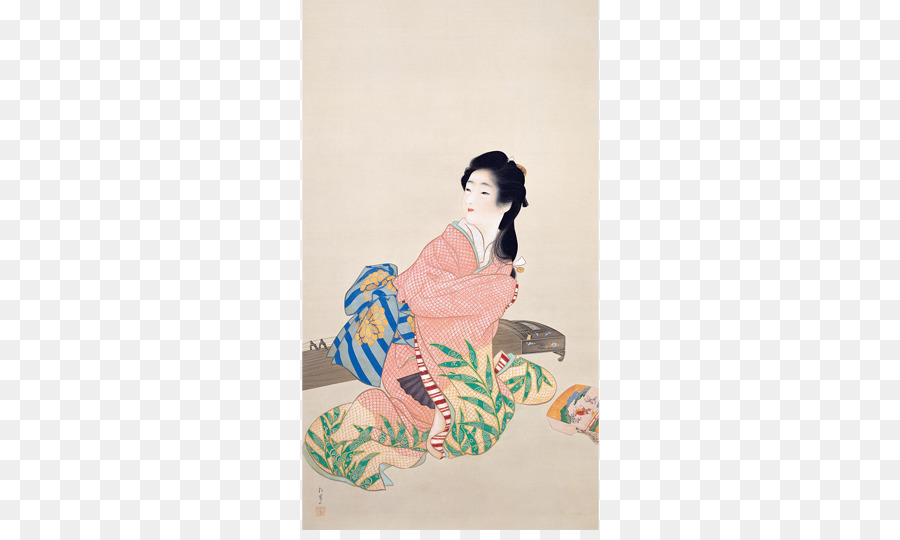Nihonga Malerei

Mineral and oyster shell pigments cochineal from insects plant material like indigo sumi ink animal hide glue and metal leafing on paper or silk.
Nihonga malerei. Nihonga developed as an art movement in direct response to the transformation of japanese society during the meiji period. Nihonga painting uses traditional japanese techniques and mostly non toxic ecological natural materials. It s a textual depiction of a weeping cherry tree its branches sagging under the weight of its blooming buds against the backdrop of an evening sky. Die nihonga malerei beschreibt die japanische kunstgattung die an der japanischen tradition festhält.
In the lecture fenollosa pointed out the following as characteristics of nihonga and evaluated its excellence. Nihonga japanisch 日本画 dt. Japanische malerei wurde 1890 von dem us amerikanischen orientalisten ernest fenollosa und dem japanischen kunsthistoriker okakura kakuzō mit dem ziel eingeführt die traditionelle japanische malerei in der zeit des umbruchs in modernisierter form zu erhalten. Nihonga employed only the traditional materials of japanese painting.
The word nihonga was adopted from the translation of term japanese painting for the first time when fenollosa gave his lecture on the new theory of art at the dragon pond society ryuuchikai in 1882. Hier sind 8 merkmale bekannter nihonga gemälde. Born in 1945 the third son of famous nihonga painter kiyoshi nakajima chinami nakajima managed to step out of his father s shadow to become one of nihonga s most celebrated talents thanks in part to this piece. As japan opened its trade borders for the first time in over two centuries a push toward modernity occurred in all sectors of the country s society.
Once the background dried other. Nihonga 日本画 japanese style paintings are japanese paintings from about 1900 onwards that have been made in accordance with traditional japanese artistic conventions techniques and materials. Japanese artisans had long achieved an unparalleled level of skill with gold and silver leaf producing some of the thinnest examples in the world at only one 10 000th of a millimeter nihonga artists took full advantage of this such as in kanzan shimomura s the beggar monk the richness and brilliance of the gold covered background are used to contrast the viewers assumptions on the subjects. The image would first be sketched on paper or silk then outlined in sumi ink made by mixing nikawa an animal derived gelatin or glue with lampblack.
Kofun chalk would then be used to cover the surface and then background color applied. Nihonga artists though felt the need to preserve the heritage of. Because of my interest in asian art design and meditative traditions and my strong.























































































